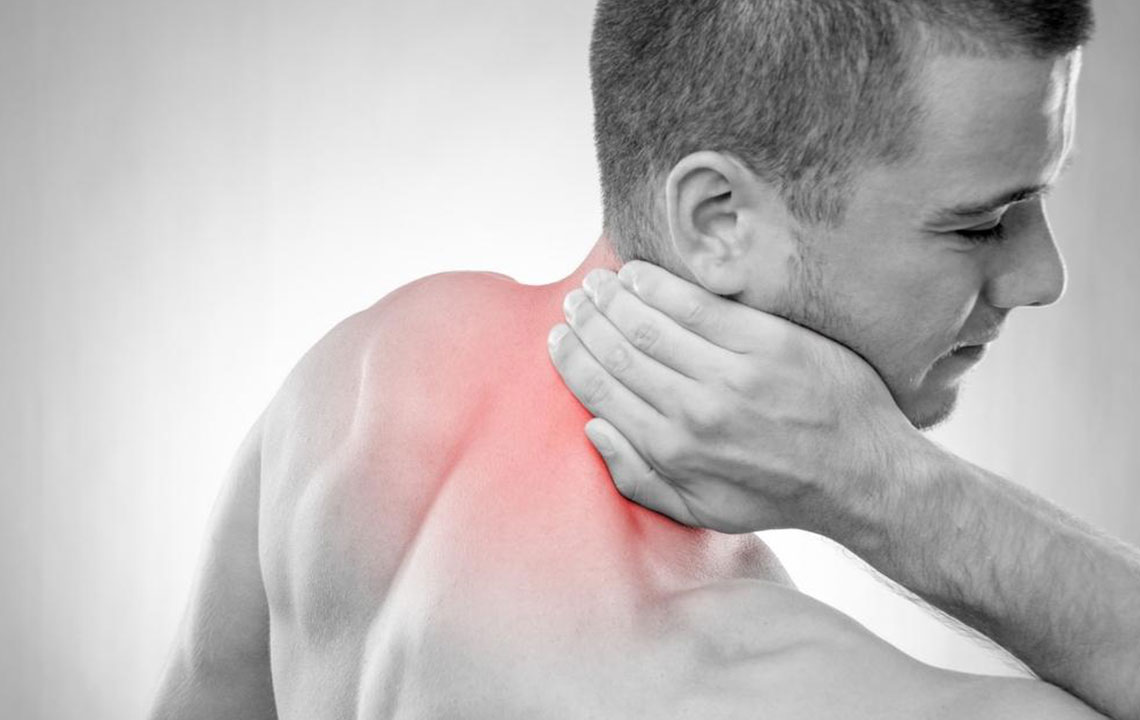Comprehensive Strategies for Effectively Managing Chronic Pain
Chronic pain affects millions worldwide, impairing daily life and mental health. This comprehensive article explores effective management strategies including therapy, mind-body practices, medications, and lifestyle modifications. By adopting a holistic approach, patients can reduce pain, improve mobility, and enhance their quality of life. From physical therapy to innovative techniques like biofeedback and music therapy, learn how personalized, evidence-based methods help control persistent pain and foster long-term healing.

Comprehensive Strategies for Effectively Managing Chronic Pain
Pain serves as an essential biological warning system, alerting us to underlying health issues or injuries that need attention. In acute cases, pain usually signals immediate harm, prompting protective responses. However, when pain persists beyond three months without noticeable relief, it is classified as chronic pain. Chronic pain can significantly impact physical, emotional, and social aspects of life, often leading to decreased productivity, emotional distress, and a diminished quality of life. Fortunately, advancements in pain management strategies provide hope for those suffering from ongoing discomfort.
Chronic pain frequently persists because the nervous system continues to send pain signals even after the initial injury or cause has healed. Various conditions can lead to this state, including arthritis, nerve damage, fibromyalgia, and invisible injuries or internal issues. This persistent discomfort can become a daily burden, disrupting sleep, impairing mobility, and affecting mental health. Therefore, understanding effective approaches to pain management becomes crucial for improving overall well-being.
Successful management of chronic pain hinges on adopting a holistic, multidimensional approach tailored to individual needs. No single treatment modality can address all aspects of persistent pain, requiring collaboration between healthcare providers and patients to develop an effective plan. Combining medication with natural, behavioral, and physical therapies can substantially reduce symptoms, enhance mobility, and improve quality of life.
Below are several evidence-based strategies and innovative therapies that are widely recommended for managing chronic pain effectively:
Physical and Occupational Therapy: Engaging with trained therapists can aid in strengthening muscles, improving flexibility, and restoring mobility. Customized exercises help prevent pain flare-ups, while occupational therapy teaches adaptive techniques for daily activities, reducing strain on affected areas and minimizing discomfort.
Mind-Body Techniques: Practices such as mindfulness meditation, guided imagery, and controlled breathing exercises can modulate the body's stress response. These techniques help decrease muscle tension, reduce pain perception, and foster a sense of relaxation, which is essential in pain management.
Cold and Heat Therapy: Applying cold packs can reduce inflammation and numb nerve endings, providing relief for acute flare-ups. Conversely, heat therapy relaxes tense muscles and enhances blood flow. For persistent or severe pain, professional therapies like ultrasound or electrotherapy may be recommended.
Music Therapy: Listening to calming music, especially classical compositions, has been shown to reduce pain and anxiety during medical procedures and recovery periods. Music therapy offers a non-invasive, accessible method to promote emotional well-being and pain relief.
Regular, Low-Impact Exercise: Activities such as walking, swimming, and cycling improve cardiovascular health, strengthen musculoskeletal units, and help break the cycle of pain. Consistent movement prevents stiffness and enhances joint function without overstressing affected areas.
Yoga and Tai Chi: Combining gentle physical movements, breathing exercises, and meditation, these practices are effective in managing various chronic pain conditions. They enhance flexibility, reduce stress, and promote mental clarity, contributing to overall pain reduction.
Biofeedback and Neurofeedback: Through specialized devices, individuals learn to control involuntary physiological functions such as muscle tension, heart rate, and blood flow. These techniques can promote relaxation and diminish the perception of pain by retraining the nervous system.
Massage Therapy and Manual Techniques: Therapeutic massages alleviate muscle tension, increase circulation, and promote relaxation. Manual therapy techniques, including trigger point release and myofascial release, address specific areas of discomfort effectively.
Over-the-Counter Medications: Nonsteroidal anti-inflammatory drugs (NSAIDs), acetaminophen, and other OTC analgesics can provide temporary relief from pain. However, their use should be carefully monitored under medical supervision due to risks of side effects, dependence, or interactions with other medications.
It is vital for individuals suffering from chronic pain to seek professional medical advice to create a personalized pain management plan. Combining conventional medicine with complementary therapies can optimize outcomes and enhance the patient’s ability to regain control over their life. An integrated, patient-centered approach fosters better symptom control, minimizes reliance on invasive procedures, and supports long-term health and wellness.
.




